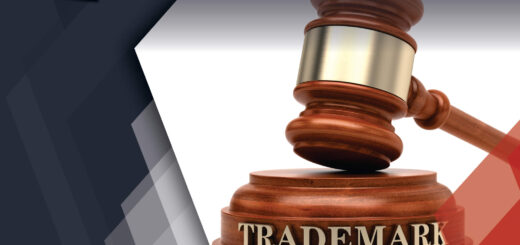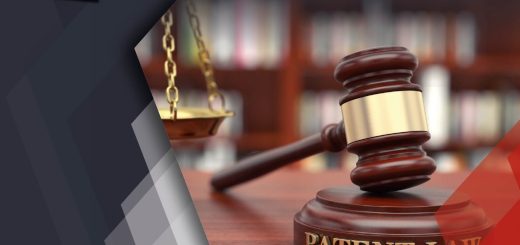Draft Patent Applications in the Post-Alice Era
The Alice case sets a precedent in inventions related to Intellectual Property (IP) and software. Under the fresh, more rigid norm, district and appeal courts have invalidated more than 370 software patents. Moreover, they rejected two out of three patent apps brought before them since the Alice judgment.
Post Alice, a spur occurred in the number of 101 rejections in every Technology Centre (TC). The % value in the graph below indicates the total number of cases handled by the TC. These cases were rejected under 101.
However, the change in patent norms has altered the current landscape. Innovators are considering changing the approach to maximize both patent and trade investment.
Given the trouble of obtaining patent permission, to draft patent applications becomes a little confusing and technical to an innovator.
Also Read: 4 Best Practices for Background Writing While Drafting a Patent Application
Table of Contents
Post Alice scenario
There exists some serious bottlenecks in the allowance of software and covered business method to draft patent applications. This has been the “subject matter eligibility” under 35 U.S.C. § 101. Recently, after the decisions in Alice Vs. CLS Bank and Enfish Vs. Microsoft cases, even those inventions conceived after substantive R&D, are denied a patent.
The primary reason behind this is the improper style of drafting patent applications for these inventions. Primarily, the two-prong test set forth in Mayo, extended to Alice. The first part of the test requires – “is there an abstract idea in the claims?”. The second part requires – “is there anything in the claim regarded as significantly more than the abstract idea(s)? Since, there is no concise definition of what exactly an abstract idea is. At some level assessment of every feature can take place as an abstract idea. Hence, the second part of the test is of prime importance.
Also Read: Patent Drafting Mistakes – How to avoid them
Why a Different Approach to Draft Patent Applications Needed?
One needs a different approach to draft patent applications. This is so that the reader can understand what the innovation is. It tells him about the problem which requires a solution, or the technical details of how the innovation solves the problem. Moreover, this helps him achieve the functionality specified.
The disclosure of the invention must have adequate technical material. This places the practitioner very well to start drafting patent applications. The implementation will be based on technical content. Moreover, the company content will display as an exemplary implementation of the entire technology. Ideally, the inventor will also describe other non-business applications.
At Sagacious IP, we draft patent applications not just to meet the requirements of the patent office, but also make the draft future-proof by making tweaks to the ideas, to ensure broadest possible coverage, so that it can’t be bypassed by a third-party entity. Our subject matter experts work in tandem with the patent drafter to ensure that the patent application covers all the possible variations and is correct from a technical perspective.
Download our eBook for effective drafting tips, as well as different scenarios and their solutions in the post-Alice era.
– ICT Drafting Team and The Editorial Team




